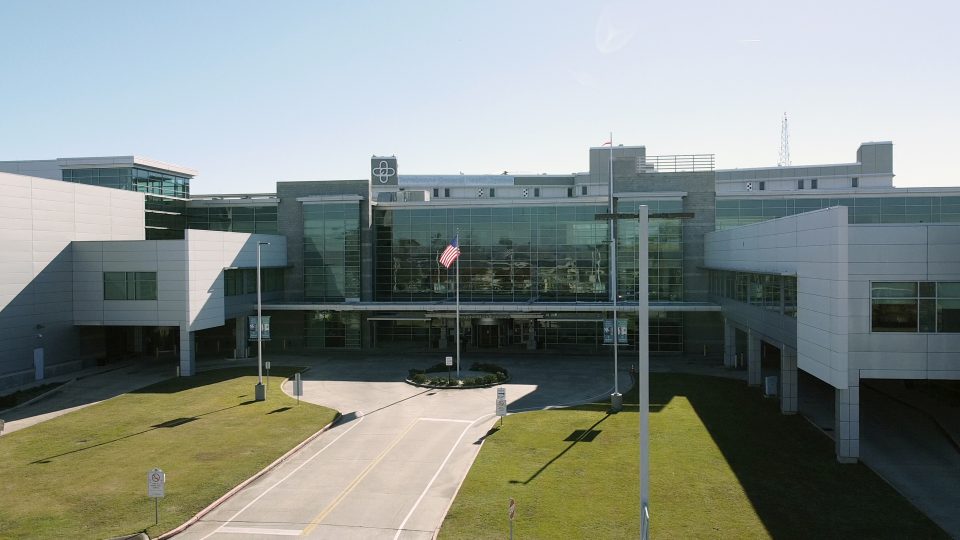
Tightened rig regulations a new challenge
September 25, 2012Oil, gas industry leads in multiple opinions
September 25, 2012Port of Morgan City officials are optimistic the final stages of an agitation dredge project will be the much-needed solution to growing the facility.
And a contract port commissioners plan to finalize by Nov. 1 with a new terminal operator will create shipping ties to Mexico.
Recent legislation to extend port boundaries should help attract new interests.
Since its inception in 1957, port commissioners have tried in earnest to market the port as a viable alternative for vessels requiring a 20-foot waterway. A problem that has plagued the port, however, is the amount of silt flowing down the Atchafalaya River.
The silt originates from Simmesport, near Marksville, where the Mississippi and Atchafalaya rivers intersect. It travels the 135-mile stretch to the southern reaches near Morgan City and Berwick.
As it enters the bay, the silt is considered fluff. However, once it settles at the bottom of the river, it becomes mud.
Morgan City’s port director Jerry Hoffpauir worries that if the area is not dredged soon, vessels will not be able to navigate the waterway.
The port has petitioned the state for approximately $12 million to dredge, according to Bill Hidalgo, president of the parish’s levee district.
“Islands have popped up all over,” Hoffpauir said. “It’s a growing delta, a beautiful delta; yet, it’s trapping this water, and the water has nowhere to go.
“Unfortunately, the silt has caused us to lose our opportunity to be a bigger navigation channel,” he said.
Change is coming, Hoffpauir is quick to note.
With $500,000 state dollars and $300,000 of its own, the port launched a 3-phase agitation dredge project earlier this year. The U.S. Corps of Engineers is partnering with the port on the project.
The aim it to keep the Atchafalaya River channel at 20 feet.
“Phase one was almost like using a bulldozer (to remove the silt),” Hoffpauir said. “We kept trying and trying to level out the bottom of the river to no avail.
The second phase of the project – injection drilling – requires water to be pumped into the silt to reduce its density and suspend it into the water.
Although not completely convinced it will work, Hoffpauir said he is hopeful.
“I’m waiting for phase three. That’s the one I think will work,” he said.
Phase three – side-cast dredging – pumps silt off the bottom of the center of the channel and sprays it to the sides of the waterway. It won’t begin until spring 2013, when wind and tidal conditions allow for the best chances of success, Hoffpauir said.
“We’re looking at $30,000 a day versus $100,000 a day for traditional dredging costs,” he said in comparison between phases two and three.
Port Commissioner Greg Aucoin said the move is necessary to grow the port.
“Right now, the U.S. Coast Guard estimates that our port has 5,000 tons passing through it each month. When you consider that studies have estimated that traffic between points in the southwest United States and the Upper Mississippi River Valley save approximately 342 miles per round trip by using the Atchafalaya River, can you imagine what we’d have if this silt problem was brought down considerably?” he asked.
“But it’s all come down to money,” Aucoin explained. “People blame the corps for our problems, but frankly, it’s Congress and where and how significant our area fits into their plans,” he said.
In other port news, Hoffpauir said the facility is slated to sign a deal with terminal port operator Inmobiliaria Lamol LLC, a new subsidiary of Mexico’s Grupo Lamol SA de CV.
“Although we have seen it at times, we strongly believe that international cargo can be received at the port and prepared for overland shipment to markets throughout the United States,” Hoffpauir said.
The port’s agreement is with Navarro International LLC, a partner of Grupo Lamol, in Seybaplaya, Campeche.
“Nester Navarro is the company president. He is planning to increase maritime, truck and railroad traffic at the port, in addition to purchasing a ship that will operate between Morgan City and Playa Campeche to move oil-related equipment in a multipurpose vessel,” Hoffpauir said.
Playa Campeche is on the Yucatán Peninsula. The Bay of Campeche is the primary oil production area of Mexico.
“Other imports will include limestone and possibly fruits and vegetables,” the port director said. “Then, they are planning to bring either wheat or corn from up north by rail or water, put it onto their vessel and export it to Mexico.”
In other port business, Hoffpauir lauded state Rep. Sam Jones (D-Franklin) for helping get legislation approved that will allow the port to expand.
The facility includes the waters of the Wax Lake Outlet near Patterson and the coast between the outlet and the Atchafalaya River.
“This gives the port more available sites for development,” Jones said. “As the area that has historically been the Atchafalaya River, Bayou Boeuf and the Intracoastal Canal has filled up it has limited the developmental possibilities for new industries.
“It is very important as the offshore and onshore oil industry continues to grow and move forward we need such space to respond to those needs and the associated service and marine based industries that support the oil industry,” Jones added.
“Without being specific, the Port of Morgan City has some industrial interests that they have been talking to regarding future development. This expansion adds another tool for them in their efforts to accommodate that effort.”
Plans are flowing toward a $800,000 dredging of the Atchafalaya River that would benefit the Port of Morgan City. St. Mary and Terrebonne parishes have been in talks of moving silt in a manner that could benefit both parishes: allowing a deeper navigation path for vessels and providing coastal restoration.













